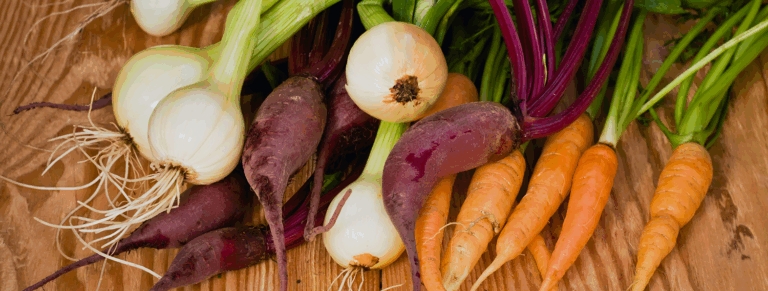Scientific name:Astragalus membranaceous
Constituents:
- Triterpenoid saponins (astragalosides I- VII & macrophyllosaponin B)
- Polysaccharides (e.g astragalin)
- Phytosterols (isoflavones – formononetin)
- Amino Acids (GABA)
- Flavonoids
Medicinal actions:
- Adaptogen
- Antioxidant
- Cardiotonic
- Diuretic
- Hepatoprotective
- Hypoglycemic
- Immunomodulator
- Neuroprotective
- Peripheral vasodilator
Mechanism of Action & Pharmacology:
- Polysaccharides are largely responsible for immunologic effects (stimulate phagocytosis and interferon production), however triterpene saponins (astragalosides) and flavonoids contribute synergistically and help explain the plants dynamism. Studies indicate that the polysaccharides intensify phagocytosis, stimulate pituitary-adrenal cortical activity, and restore depleted red blood cell formation in bone marrow.
- Polysaccharides were found to significantly reduce blood sugar, serum triglycerides and LDL cholesterol in diabetic rats, while significantly increasing serum HDL, and reduce the insulin resistance of type 2 diabetic rats. Polysaccharides have also been found to ameliorate the digestive and absorptive function and regulate amino acid metabolism to beneficially increase the entry of dietary amino acid into the systemic circulation.
- Triterpenoid saponins (astragalosides) also have a positively inotropic action on the heart, stimulate NK cells, and are hepatoprotective against chemically induced liver injury by increasing the activity of hepatic lysozymes, tissue dehydrogenase and liver glycogen. Saponins macrophyllosaponin B (Mac B) and astragaloside VII possess prominent IL-2-inducing activity and might have a contributory role in the immunostimulating and anti-cancer effects.
- Flavonoids are the primary active antioxidants and may inhibit peroxidation, and increase the activity of antioxidant enzymes and are thereby likely to reduce the risk of coronary heart disease associated with hyperlipidemia and oxidative stress. Will modulate the synthesis of eicosanoids (inhibit phospholipase A2, increase PGF1 and cAMP), as well as prevent platelet aggregation, and counter the effects of mast cell substances.
Pharmacy:
- Decoction
- Tincture
- Capsules
- Powder
Safety & Toxicity Concerns:
- May decrease blood glucose, blood pressure & heart rate, increase growth hormone, diuresis, and cause stomach upset due to saponins.
- Use caution in acute infections, autoimmune disease, hypotension, hypoglycemia, bradycardia, electrolyte/water imbalances, growth hormone and inflammatory skin disorders.
- Avoid in pregnancy & lactation, spleen transplant (may cause graft rejection and immune stimulation), and cancers of the blood.
Interactions:
- May theoretically reduce absorption of many agents if taken simultaneously.
- Can reduce the side effects & toxicity of some drugs as it is a hepatoprotective.
- Anticoagulants due to antiplatelet activity (theoretical).
- May counteract anti-diabetic agents, and potentiate effects of diuretics, anti-hypertensives & dopaminergics.
- May inhibit effect of immunosuppressants (eg. Cyclosporine & corticosteroids), and potentiate the effects of recombinant interleukin-2, interferon-1 and interferon-2 therapy.







